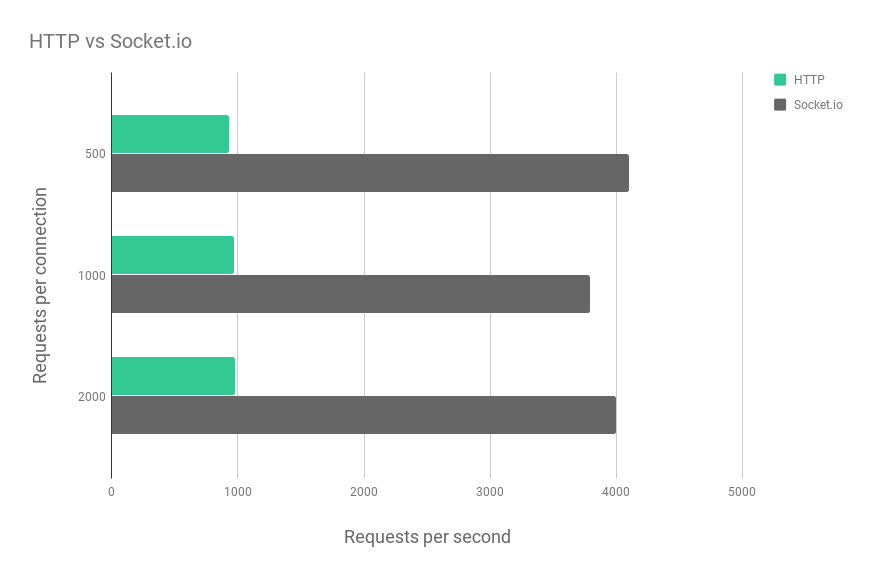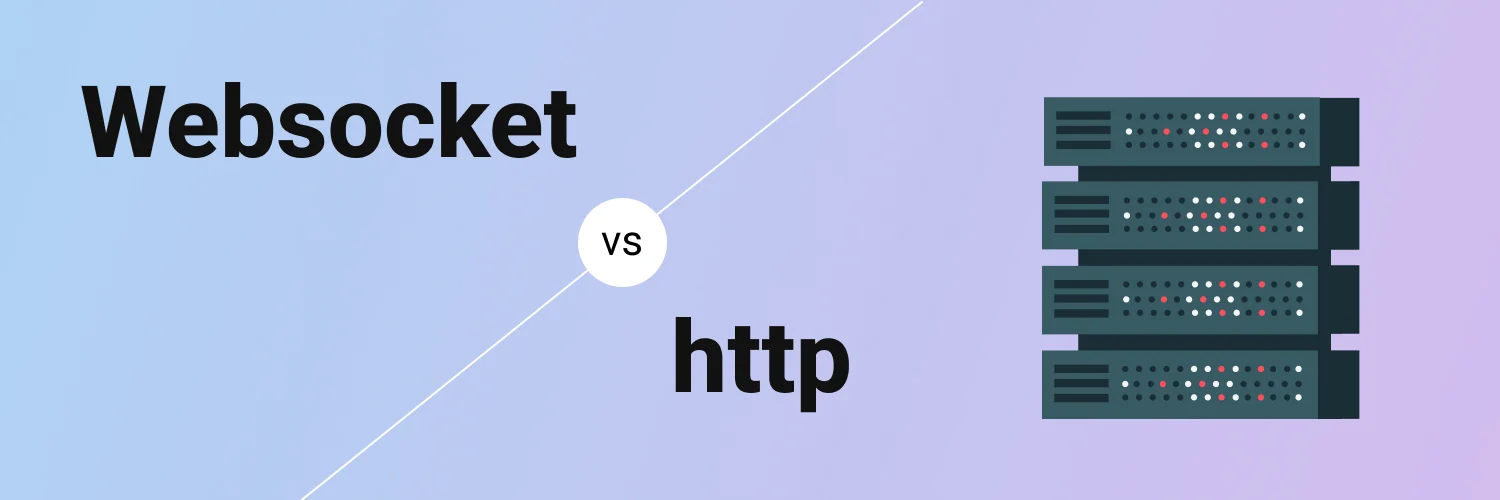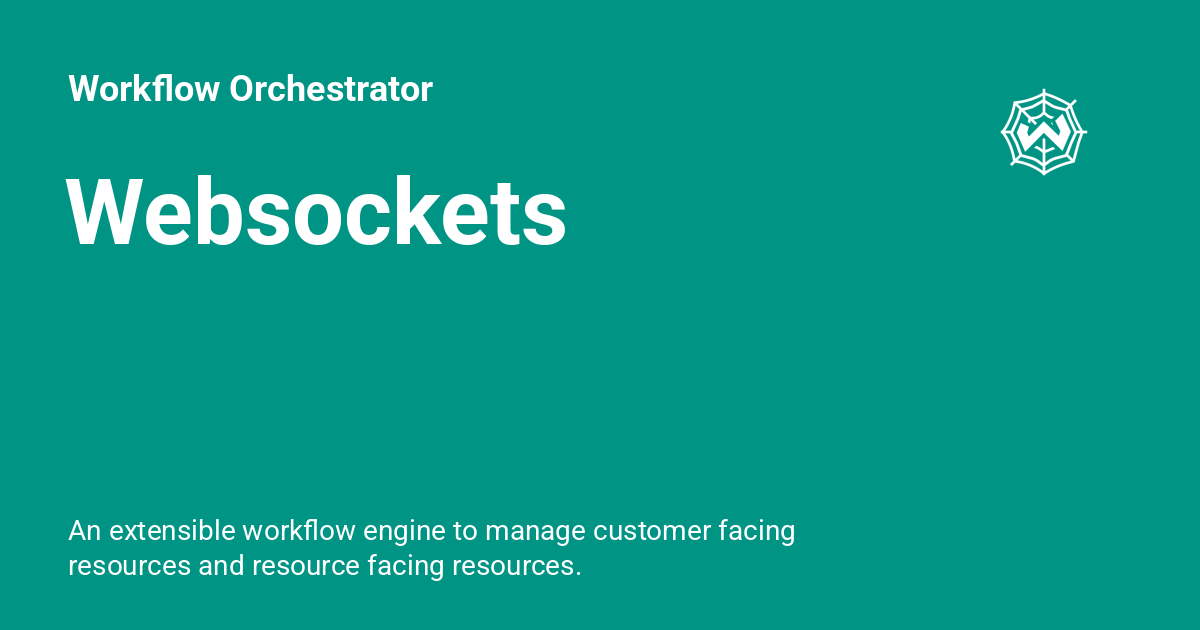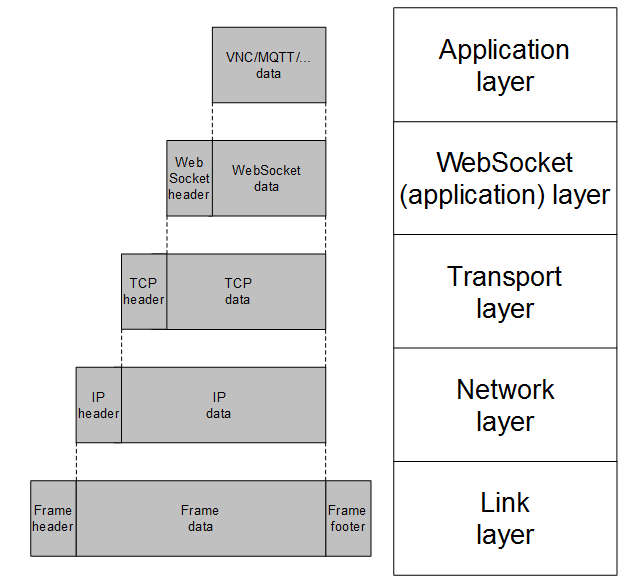Supreme Info About Are WebSockets CPU-intensive

Unpacking the WebSockets & CPU Conundrum
1. Decoding the Demand
So, you're wondering if WebSockets are CPU hogs, eh? It's a valid question! WebSockets are essentially a persistent connection between a client (like your web browser) and a server. Think of it as keeping a phone line constantly open instead of dialing and hanging up every time you need to say something. This allows for real-time, bidirectional communication, perfect for things like live chats, online games, and stock tickers where information needs to flow instantly.
But, of course, keeping that line open requires some resources. The server has to manage these connections, keep track of who's connected, and handle the constant flow of data. The big question is: does this constant activity translate to a CPU meltdown? Well, let's dig a little deeper.
One key aspect to consider is how the server handles these connections. Modern servers use techniques like asynchronous I/O and event loops to manage numerous WebSocket connections efficiently. This means they aren't constantly polling each connection waiting for data. Instead, they get notified when data arrives, allowing the CPU to focus on other tasks when things are quiet. It's like a well-organized receptionist who only bothers you when a call actually needs your attention.
The amount of data being transmitted also plays a significant role. Sending small, infrequent updates will naturally put less strain on the CPU than constantly streaming high-definition video. So, the type of application and the frequency of communication are crucial factors.
2. The CPU Cost
Okay, let's get down to brass tacks. Are WebSockets inherently CPU-intensive? The short answer is no, not necessarily. A well-designed WebSocket implementation, running on capable hardware, shouldn't bring your server to its knees. However, a poorly implemented one? That's a different story. Bugs in your code or inefficient handling of connections can definitely lead to excessive CPU usage. Think of it like a leaky faucet — a little drip might not seem like much, but over time, it can waste a lot of water (or in this case, CPU cycles).
Also, consider the scale of your application. A handful of users won't cause much of a stir, but thousands of concurrent connections? That's a different ball game. As the number of connections grows, the CPU has to work harder to manage them. This is where smart optimizations and scalable infrastructure become essential.
Another point to consider is the protocol overhead itself. WebSockets have a small amount of overhead associated with maintaining the connection. This overhead is generally negligible compared to the benefits of real-time communication, but it's still a factor to be aware of, especially at scale.
Think of it this way: WebSockets themselves aren't the problem. It's how you use them that determines the CPU cost. Proper coding practices, efficient server configurations, and careful consideration of the application's requirements are all crucial for minimizing CPU usage.

Strategies for Taming the CPU Beast
3. Optimization Techniques
So, you're committed to using WebSockets but want to keep your CPU happy? Excellent! There are plenty of strategies to employ. Firstly, ensure your server-side code is optimized. Use efficient data structures, avoid unnecessary computations, and profile your code to identify and eliminate bottlenecks. Every little optimization helps!
Data compression is another powerful tool. Compressing the data before sending it over the WebSocket connection can significantly reduce the amount of data transmitted, which in turn reduces CPU usage. Libraries like zlib can be easily integrated into your application to handle compression and decompression.
Heartbeat mechanisms are important to keep idle connections alive. Implement ping/pong frames to keep connections alive. Regularly checking the connection health prevents accumulation of defunct connections that unnecessarily consume server resources. If a connection is found non-responsive, promptly clean it up.
Consider using a load balancer to distribute the WebSocket connections across multiple servers. This can prevent any single server from becoming overloaded and ensure that your application remains responsive even during peak traffic. It's like having multiple cash registers open at a busy store, so everyone can check out quickly.
4. Hardware Considerations
Sometimes, the problem isn't your code, but your hardware. If you're running a resource-intensive WebSocket application on a potato, you're going to have a bad time. Make sure your server has enough CPU power, memory, and network bandwidth to handle the load. Monitoring your server's resources is crucial. Use tools like `top`, `htop`, or more comprehensive monitoring solutions to keep an eye on CPU usage, memory consumption, and network traffic. This will help you identify potential bottlenecks and proactively address them.
Consider upgrading your server's CPU to a faster model with more cores. More cores allow the server to handle more concurrent connections and process data more efficiently. Also, ensure you have sufficient RAM to handle the number of connections and the amount of data being processed. Running out of memory can lead to performance degradation and even crashes.
A fast network connection is also essential for WebSocket applications. A slow or congested network can introduce latency and packet loss, which can negatively impact the user experience. Consider upgrading your network connection to a higher bandwidth tier to ensure smooth and reliable communication.
In addition to raw hardware, think about your operating system and software configurations. Using a lightweight operating system optimized for server workloads can free up resources and improve performance. Also, ensure your WebSocket server library or framework is properly configured to take advantage of your hardware's capabilities.

Real-World Scenarios & Benchmarking
5. Practical Examples
Let's look at some real-world scenarios. A simple chat application with a few users will likely have a negligible impact on CPU usage. However, a massively multiplayer online game (MMO) with thousands of concurrent players, constantly sending and receiving data about their movements and actions, will place a much heavier burden on the CPU. Understanding the demands of your specific application is key to optimizing its performance.
Another example is a financial trading platform that streams real-time stock quotes to users. The frequency of updates and the number of users subscribed to each stock will determine the CPU load. Implementing techniques like data aggregation and filtering can help reduce the amount of data transmitted and minimize CPU usage.
Consider a collaborative document editing application. As multiple users edit the same document simultaneously, the server needs to handle real-time updates and synchronize changes across all clients. Efficient conflict resolution algorithms and optimized data structures are crucial for minimizing CPU usage in this scenario.
These examples highlight the importance of understanding the specific requirements of your WebSocket application and tailoring your optimization strategies accordingly. There's no one-size-fits-all solution; it's about finding the right balance between functionality, performance, and resource utilization.
6. Benchmarking
Benchmarking is crucial for understanding how your WebSocket implementation performs under different loads. Tools like Apache JMeter, Gatling, or custom-built scripts can simulate a large number of concurrent users and measure the server's response time, CPU usage, and memory consumption. This helps you identify potential bottlenecks and fine-tune your configuration for optimal performance.
When benchmarking, it's important to simulate realistic user behavior. Don't just bombard the server with a constant stream of requests; instead, model the way users would actually interact with your application. This will give you a more accurate picture of how the server will perform in a real-world scenario.
Pay attention to the key metrics during benchmarking. High CPU usage, long response times, and excessive memory consumption are all signs that your server is struggling to handle the load. Use this information to identify areas for optimization and iterate on your configuration until you achieve the desired performance.
Remember to benchmark regularly, especially after making changes to your code or configuration. This will help you ensure that your optimizations are actually improving performance and that you're not introducing any new bottlenecks.

So, Are WebSockets CPU-Intensive? A Final Word
The ultimate answer is... it depends! Are WebSockets CPU-intensive? It depends, but only if you build it bad. WebSockets themselves aren't inherently resource-hungry monsters. With careful planning, efficient coding, and appropriate hardware, you can harness their power for real-time communication without bringing your server to its knees. The key is to understand the demands of your application, monitor your server's resources, and optimize accordingly. Now go forth and build amazing real-time experiences!

